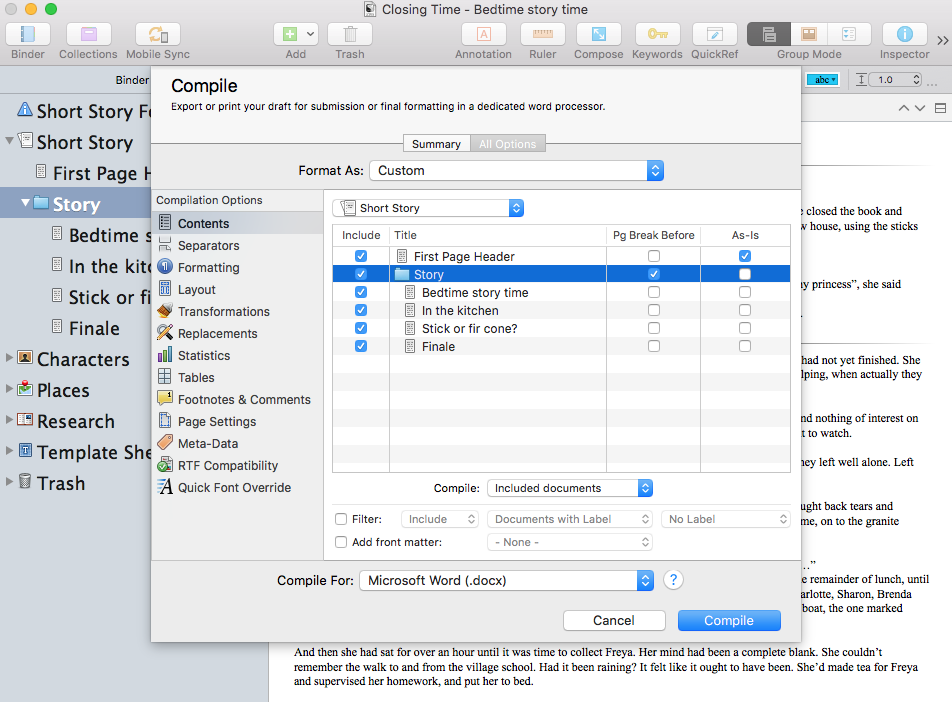Short story strategy: For a competition entry

A flash, a short story, a novel:
Whatever you are writing, and especially if for a competition, it makes sense to have a strategy.
I’ve been asked to judge the Erewash 2017 Open Short Story. So, in this series of posts, I’m focusing on what strategy you might use to enter such a competition.
Short story competitions: why enter?
Entering short story competitions – and winning! – is one way to gain recognition as a writer.
Competitions like Erewash 2017 Open Short Story are not free to enter, but there are cash prizes. And, if you’d rather not pay an entry fee, Patsy Collins writes an excellent blog, providing links to free competitions.
If you are unsuccessful, you still have a story in your bank, which you can then think about submitting elsewhere e.g. to a magazine. Or, if you write enough of them, you might consider self-publishing a short story collection. More on that another time!
Short story competition rules of entry
There are always rules and, if you break them, you are immediately disqualified. So, don’t!
These are the basic hurdles:
- Who can enter? Read the small print carefully and make sure you qualify. For Erewash, there are two categories: ‘new writer’ and ‘open’. Some competitions also categorise on age.
- What’s the theme? Often, you will be given a theme or a topic or a prompt. Make sure your story abides by this – or you’ll be in that reject pile. (For Erewash, there is no theme. Phew!)
- What about word count? Most competitions set minimum and maximum word counts. Don’t go under or over, or your story goes in the reject pile. Erewash is asking for a maximum of 2500.
- What language? This may seem obvious, but competition organisers need you to write in the language their judges can read. For most, including Erewash, it’s English.
Short story competition rules for presentation
Now comes the tricky part – and where Scrivener comes into play.
- Most rules ask for double line spacing and will specify a point size (eg 12 or 14).
- Maybe, you will be invited to include the title of your piece and the page number on every page.
- Perhaps, you will be asked to include the word count.
- Possibly, you’ll be asked to supply the story as a Word document.
We’ll tackle each of these in turn, in this series of blog posts!
First though, in the previous blog post in this series, I pointed out that the First Page Header (which includes your name), heads up the first page. Competitions require that your name does not appear on any page of the manuscript, so you need to do one of two things:
- Check the rules. There may be an entry form to complete. If this is the case, simply delete the text of the first-page header.
- If there is no entry form, insert a page break after the first-page header information, so that page can be separated when judging starts.
How to insert a page break
If you were working in Word, inserting a page break is a menu choice: Insert / Break / Page Break.
In Scrivener, you can also insert a page break, within a document, if that’s what you want to do. Select Edit / Insert / Page Break. Scrivener places a marker (an invisible marker!) which, when you compile, results in a page break at that point in the manuscript.
However, Scrivener expects you only to need page breaks between documents (scenes in my case) and/or between folders (chapters, if you are writing a novel).
So how does Scrivener expect you to control page breaks? In the Compile function. With one tick!
Notice the column headed ‘Pg Break Before’. Because the First Page Header is ahead of the Story folder, just one tick creates the page break needed. Simple!
In the next post, I’ll look at the other formatting requirements for a short story competition entry.
If you’d like to see a demonstration of this Scrivener feature or to ask me any questions about using Scrivener, book a Simply Scrivener Special.
The ScrivenerVirgin blog is a journey of discovery:
a step-by-step exploration of how Scrivener can change how a writer writes.
To subscribe to this blog, click here.
Also … check out the Scrivener Tips
on my ScrivenerVirgin Facebook page.


No Comments